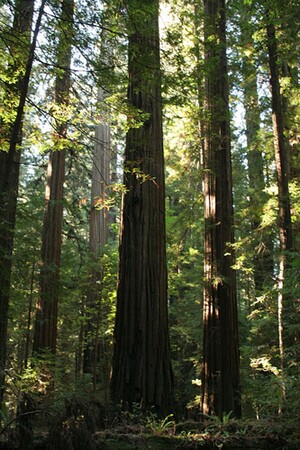How U.S. Life Expectancy Compares
July 20, 2010
Support Provided By

The National National Academies Press has released this book, with this description, and these sample chapters available for reading.From the anthology's on-line description:
"In 1950, men and women in the United States had a combined life expectancy of 68.9 years, the 12th highest life expectancy at birth in the world. Today, life expectancy is up to 79.2 years, yet the country is now only 28th highest, behind the United Kingdom, Korea, Canada, and France, among others. The United States does have higher rates of infant mortality and violent deaths than in other developed countries, but these factors do not fully account for the country's relatively poor ranking in life expectancy."
The different papers included in the book go on to try and address the other possible factors for the U.S.' rankings. These include looks at smoking, obesity, and physical exertion, as well as case studies from Scandinavia.
Photo Credit: The image accompanying this post was taken by Flickr user Margaritanitz. It was used under Creative Commons license.
Support Provided By


